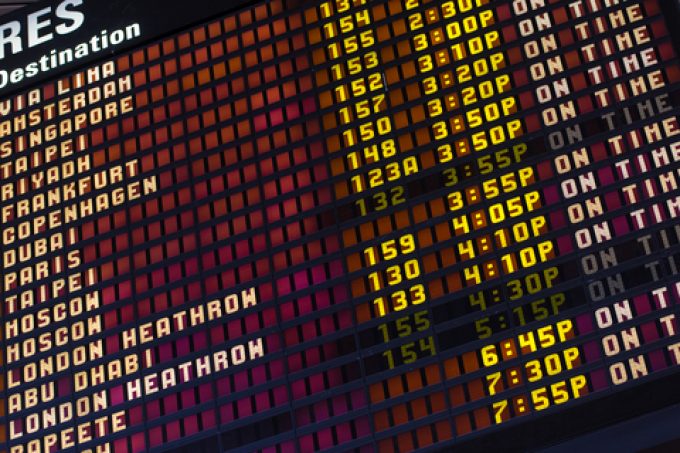IATA to downgrade air cargo growth forecast 'to something more sustainable'
IATA’s air cargo 2025 growth forecast for yields and volumes is set to fall, after ...

Hopes for a recovery in bellyhold airfreight capacity to relieve the tight lift situation are fading as passenger traffic suffers setbacks from the Covid-19 pandemic.
Faced with high prices and a shortage of services, forwarders are reinforcing their dedicated lift arrangements.
According to OAG Aviation, global passenger capacity dropped to 48.1m scheduled seats in the first week of February, with the tally for the full month heading for half the numbers recorded a year earlier.
Instead of a steady build-up of capacity since ...
MSC Elsa 3 sinking – now the 'blame game' begins
After DSV 'cuts the cake' on Schenker acquisition, time for redundancies?
Bad news for shippers as wave of transpacific rate increases continues
Houthis claim Red Sea safe for box ships not calling at port of Haifa
Shippers hold their breath as Trump appeals court ruling that tariffs are illegal
No deals with carriers, say Houthis – Red Sea safe for non Israel-affiliated ships
Schenker's Shirley Sharma Paterson moves to K+N as global head of sales

Comment on this article